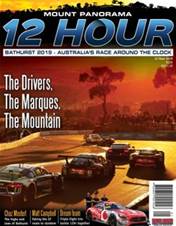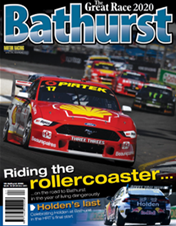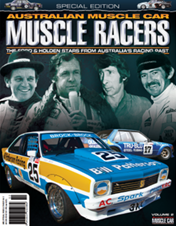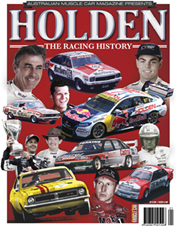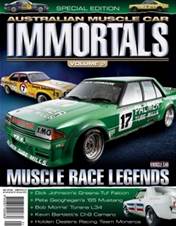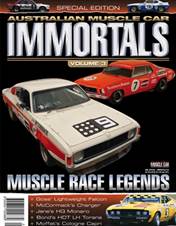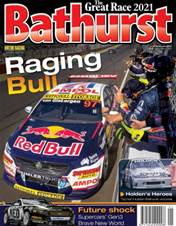Dodge calls it the Challenger SRT Demon 170 officially - but everyone else will probably just call it bonkers.
Dodge has revealed its final V8-powered muscle car and the numbers are nothing short of staggering. The supercharged V8 makes 1025hp of power and 1280Nm of torque (when it uses E85) and will run the quarter-mile in just 8.91 seconds at 151.17mph (243.28km/h). That’s fast enough to get it banned from any officially-sanctioned NHRA drag events unless it has a rollcage and a parachute.
Read about the Dodge Charger Daytona SRT electric concept here.

To achieve these remarkable feats the Challenger SRT Demon 170 has been given some serious upgrades to both the ‘Demon’ engine and the rest of the drivetrain and underpinnings. The 3.0-litre supercharger features a larger snout with 105mm throttle body and 3.02-inch pulley, there’s an all-new driveline including larger ring and pinion, pressure cast new case and mountings, the rear axle housing has been strengthened and the propshaft and half-shafts are both stronger than you’ll find on any other Dodge Challenger.
There’s also new drag radial tyres that have forced the wheel arches to be flared to fit them, as well as a unique drag mode suspension system to help you down the strip.

Dodge’s next muscle car will swap the V8 for electric motors, but the company was determined to go out on a high note.
“To celebrate the end of the HEMI muscle-car era, we pulled off all the governors to reach a new level, a new benchmark of ‘factory-crazy’ production car performance,” said Tim Kuniskis, Dodge brand chief executive office. “In 2015, Dodge shocked the world with the 707-horsepower Hellcat. Then, in 2018, we did it with the 840-horsepower Demon, and now we are doing it again with the 1,025-horsepower Demon 170, the world’s first sustainable-energy, eight-second, factory-production, street-legal muscle car.”
Unfortunately, none of these remarkable machines will likely make it to Australia, with only 3300 examples set to be built and all destined for the North American market.



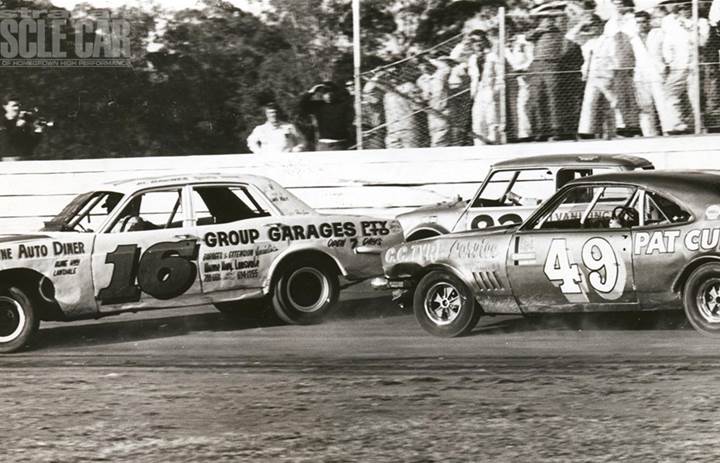
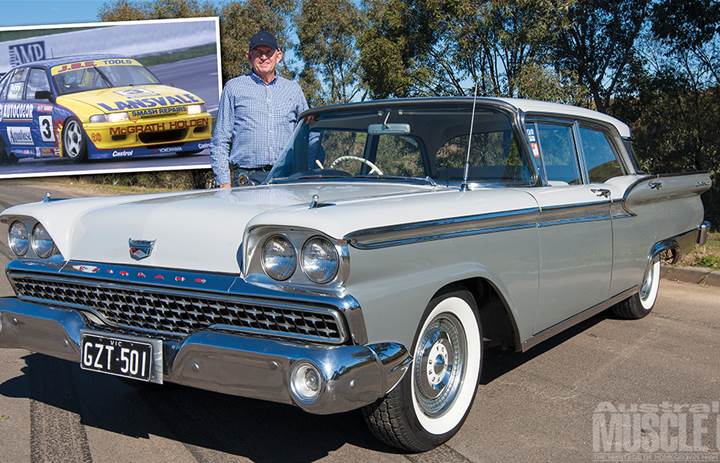
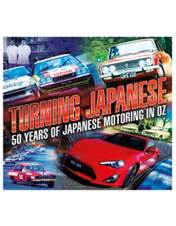

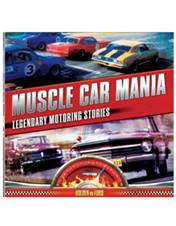

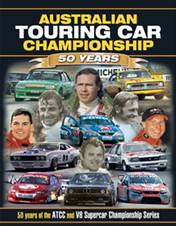
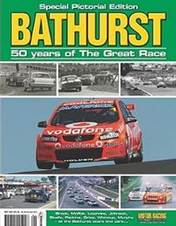
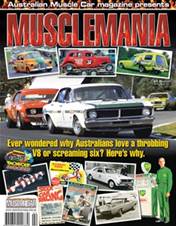
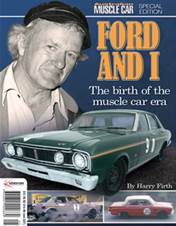
.jpg&q=70&h=226&w=176&c=1&s=1)
